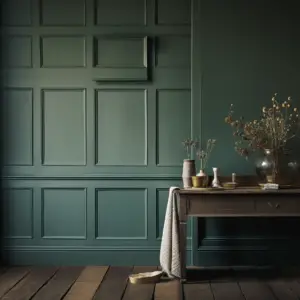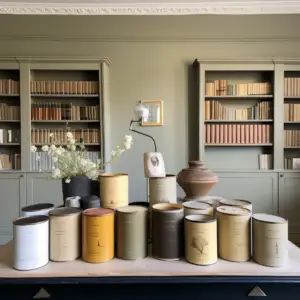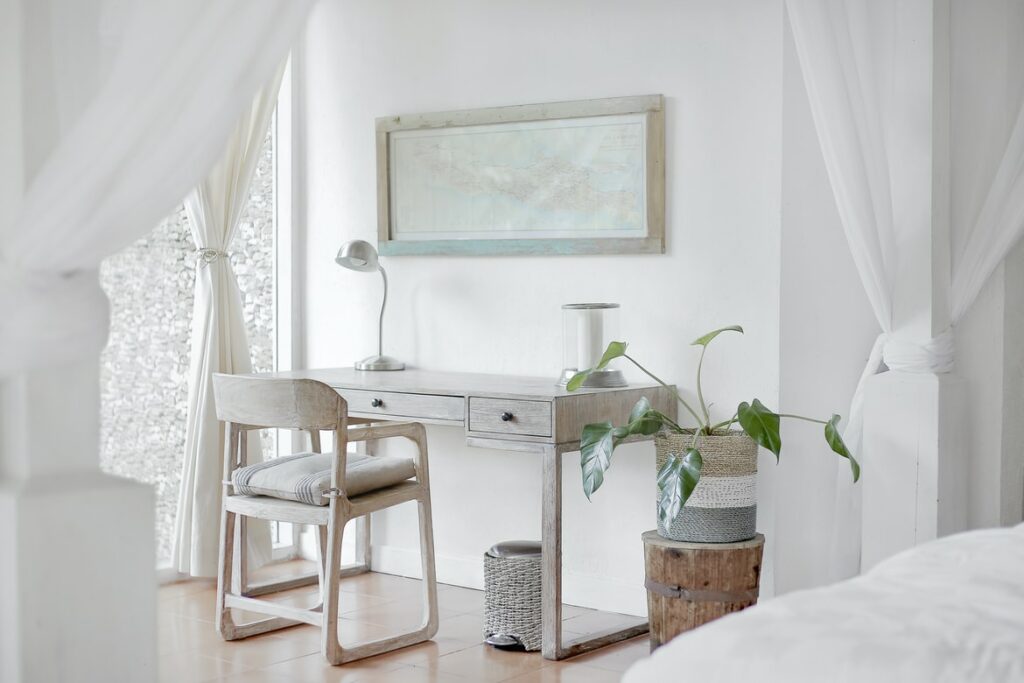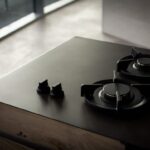Color matching involves contrasting or mixing paints to match a different brand’s color.
In other words, you see a beautiful blue at a real estate showing and ask what hue and brand was used to get Farrow and Ball Lulworth Blue.
There are many reasons for color matching paint but the overwhelming majority will attempt to color match paints because the brand they wish to copy is too expensive.
Table of Contents
Can farrow and ball paint be color-matched? Here is how to do it

Farrow and Ball is a high-end paint and is quite pricey compared to many other paint brands available in the market.
Farrow and Ball Lulworth Blue seems an easy color to emulate by mixing a different brand of blue with may be white or gray and so on.
All you have to do is pick a sample card or take a picture and take it to your local hardware store for color matching.
If the exact hue is unavailable in the brand you wish to buy then the store can use the color cards of the brand you want, to try and get a hue as close if not exactly the same as a Farrow and Ball Lulworth Blue.
Many paint vendors will do this for you and in many instances, the end result can be satisfactory.
Color matching has a ninety percent success rate but the ten percent disparity should be your top concern and here is why.
Can farrow and ball paint be color-matched? Proprietary Technology
Companies inject intensive amounts of financial and non-financial capital into producing their products, and Farrow and Ball are no exception.
The colossal investment that goes into developing their paints would end up being a huge waste if copying their paints and achieving an exact replica or even a worthy second best hue was a possibility.
It also makes no business sense to create a product that is easy to reproduce only to market your original at a steep mark up.
You may be able to match Farrow and Ball Lulworth Blue, but the tint will be different once the paint is applied.
At this point, the difference becomes even more striking.
Lighting
Whether you go with a single similar paint or a mixture, the particular ingredients in the paint you have chosen are completely different from the composite ingredients of Farrow and Ball Lulworth Blue.
Farrow and Ball paints are famous for exquisite light absorption and superior refractive indices which make their colors as regal as natural pigments.
A different paint or paint mixture will completely miss the mark here and the inferior pigmentation will come alive under lighting whether natural or artificial.
This disparity may be noticeable even to those lacking an eye for color. For you, the end product will be quite disappointing.
Mixed paints, in particular, introduce colors and compounds that are not part of the original color you wish to copy.
This will create unintended undertones that are not part of the original color sometimes throwing off your intended color scheme completely.
Final Product
The color you see on the Farrow and Ball website, color cards, and catalogs is the exact color of the finished product painted and dried. This is the color you want color matched for you and likely, the color that you will match could come close enough to satisfy you while it is still in the can.
However, once mixed with water or any other mixing agent, the color tints away from the original. A dried paint job can look quite different from the intended hue and in many cases appears lighter.
Additionally, Farrow and Ball paints are prescribed for use with Farrow and Ball primer which allows the colors to settle their pigments best and most evenly. This gives Farrow and Ball a very specific texture in the end product with only two coats.
Color matching means you can use any primer with the chosen paint you have color matched. The different primer, coupled with the different brand produce a different hue altogether from the Farrow and Ball color you intended.
Color Matching Spectrometer

Many paint companies now have a spectrometer that allows customers to come in with the colors they wish to color match and with their spectrometer, get a close match for their paint job.
If getting the exact hue is not particularly important, then this should work. If it is important that you get an exact match then the spectrometer is only one piece of the puzzle.
After color matching the paint you want from the Farrow and Ball collection, you have to consider the finish, coverage, the number of coats you will require to get a near-perfect match, the primer problem, the characteristics of the surface you want to paint, and the expertise of your painter.
The ninety percent success rate of color matching paints may apply but only as far as matching the colors on the color palette goes. Once all these other variables come into play, the success rate falters.
Some brands may be easier to color-match than others, whereas Farrow and Ball paints are harder.
Farrow and Ball Range of Colors
Farrow and Ball make less than 150 colors and have generally stuck to a narrow traditional palette of colors. With such a narrow range, Farrow and Ball have had to invest heavily in developing paints that cannot simply be alternated for another on the premise of hue or shade alone.
The final product is very difficult to reproduce which is why color matching Farrow and Ball is difficult. Some brands have over a thousand colors to choose from, allowing for better chances at color matching them.
Many of these colors are even products of color matching themselves which means you will have better luck with color matching brands that have a wider range of shades than color matching Farrow and Ball.


